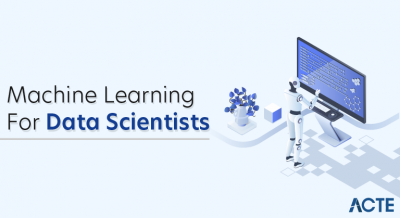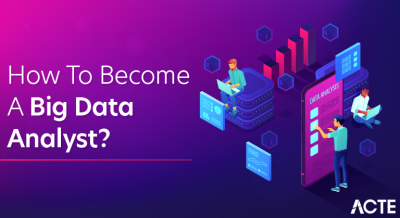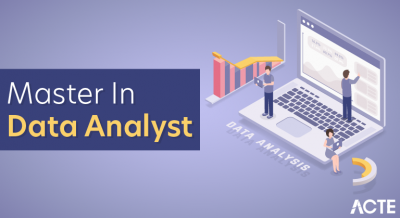
- Programming Languages for Data Science
- Data Manipulation Tools
- Data Visualization Tools
- Machine Learning Frameworks
- Big Data Processing Tools
- Deep Learning Tools
- Cloud-Based Data Science Platforms
- Version Control and Collaboration Tools
Programming Languages for Data Science
Programming languages are the foundation of data science, enabling professionals to collect, analyze, and visualize data effectively. Among the many options available, a few stand out as the most widely used and essential in the field. Python is the most popular programming language for data science due to its simplicity, versatility, and rich ecosystem of libraries such as Pandas, NumPy, Scikit-learn, and TensorFlow. It supports tasks ranging from data manipulation and statistical analysis to building complex machine learning models and deep learning networks. R is another key language, particularly favored by statisticians and academics for its powerful statistical packages and data visualization capabilities, making it essential for Data Science Training. It excels in exploratory data analysis and creating detailed graphics with libraries like ggplot2 and Shiny. SQL remains crucial for data scientists because it is the standard language for querying and managing relational databases. Understanding SQL allows data scientists to efficiently extract and manipulate data stored in databases before conducting further analysis. Other languages like Julia are gaining traction for high-performance numerical computing, while Java and Scala are used in big data environments, especially with tools like Apache Spark. Mastering these programming languages equips data scientists with the flexibility and power needed to handle diverse datasets, perform rigorous analysis, and build predictive models that drive data-driven decision-making.
Do You Want to Learn More About Data Science? Get Info From Our Data Science Course Training Today!
Data Manipulation Tools
Data manipulation is a critical step in the data science workflow, involving cleaning, transforming, and organizing raw data into a usable format. Various tools and libraries have been developed to streamline these processes, enabling data scientists to work efficiently and accurately. Pandas, a Python library, is one of the most popular tools for data manipulation. It offers powerful data structures like DataFrames, which simplify the handling of structured data, commonly used in A Day in the Life of a Data Scientist. With Pandas, users can easily filter, aggregate, merge, and reshape datasets, making it indispensable for preprocessing tasks. NumPy complements Pandas by providing support for numerical operations on large, multi-dimensional arrays and matrices. It’s essential for performing mathematical and statistical calculations quickly and efficiently. For working with big data, tools like Apache Spark and Dask allow distributed data processing, enabling manipulation of massive datasets that don’t fit into memory.
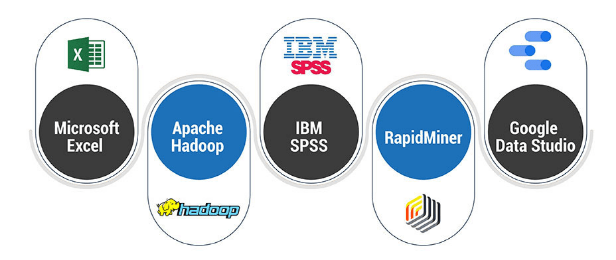
Spark’s DataFrame API and SQL support make it a versatile choice in enterprise environments. Excel remains a widely used, user-friendly tool for smaller datasets or initial exploratory data analysis, especially in business settings. Other tools such as OpenRefine offer specialized functionalities for cleaning messy data by detecting inconsistencies and duplicates. Mastering these data manipulation tools is essential for transforming raw data into clean, structured formats, setting the stage for accurate analysis and reliable insights.
Data Visualization Tools
- Tableau: Tableau is a leading data visualization tool known for its user-friendly interface and powerful capabilities. It allows users to create interactive dashboards and share insights across organizations without extensive coding knowledge.
- Power BI: Developed by Microsoft, Power BI integrates seamlessly with other Microsoft products and offers robust data visualization and reporting features. It supports real-time data access and collaboration for business intelligence.
- Matplotlib: A foundational Python library, Matplotlib provides detailed control over plot customization. It is widely used for creating static, animated, and interactive visualizations in research and development.
- Seaborn: Built on top of Matplotlib, Seaborn simplifies the creation of attractive and informative statistical graphics, making it a key tool among Top Data Science Programming Languages.
- D3.js: A JavaScript library that enables the creation of highly customizable, web-based interactive visualizations. D3.js offers full control over graphical elements and animations but requires programming expertise.
- Plotly: Plotly is a versatile library that supports both Python and JavaScript, allowing users to build interactive, publication-quality graphs and dashboards that can be embedded on websites.
- Google Data Studio: A free tool that connects with various data sources to create shareable, real-time reports and dashboards. It is accessible for businesses looking for cloud-based visualization solutions.
- Scikit-learn: It provides a range of supervised and unsupervised learning algorithms and is ideal for beginners and rapid prototyping.
- TensorFlow: Developed by Google, TensorFlow supports both machine learning and deep learning projects. It offers flexible tools for building neural networks and deploying machine learning models at scale.
- PyTorch: Known for its dynamic computation graph and ease of use, PyTorch is popular in academia and industry, making it a valuable tool in Data Science Training.
- XGBoost: A powerful gradient boosting framework designed for speed and performance. XGBoost is highly effective for structured data problems and frequently used in data science competitions.
- LightGBM: Developed by Microsoft, LightGBM is a gradient boosting framework optimized for faster training speed and lower memory usage, suitable for large datasets.
- CatBoost: A gradient boosting library by Yandex, CatBoost handles categorical features automatically and delivers high accuracy with minimal data preprocessing.
- Apache Spark MLlib: A scalable machine learning library built on Spark, MLlib supports large-scale data processing and distributed machine learning, making it suitable for big data environments.
- TensorFlow: Developed by Google, TensorFlow is one of the most popular open-source deep learning frameworks. It supports building and training neural networks with flexibility and scalability, making it ideal for research and production.
- PyTorch: Created by Facebook’s AI Research lab, PyTorch is known for its dynamic computation graph and ease of use. It is widely favored for academic research and rapid prototyping of deep learning models.
- Keras: A high-level API running on top of TensorFlow, Keras simplifies building deep learning models with an intuitive interface, making it accessible for beginners and efficient for developers.
- Caffe: Designed for speed, Caffe excels in image processing, illustrating key differences in Big Data vs Data Science.
- MXNet: An open-source deep learning framework supported by Amazon, MXNet is scalable and supports distributed computing, enabling training of large models across multiple GPUs.
- Theano: Although now discontinued, Theano was one of the earliest deep learning libraries and influenced many modern frameworks. It still serves as a foundation in some legacy projects.
- ONNX (Open Neural Network Exchange): A format for representing deep learning models, ONNX allows interoperability between different frameworks like PyTorch and TensorFlow, making model deployment more flexible.
Would You Like to Know More About Data Science? Sign Up For Our Data Science Course Training Now!
Machine Learning Frameworks
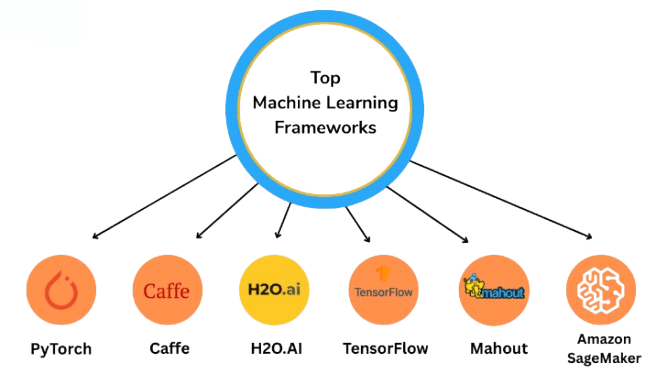
Big Data Processing Tools
Big data processing tools are essential for handling, analyzing, and extracting value from massive and complex datasets that traditional data processing methods cannot manage efficiently. These tools enable organizations to process data at scale, often in real-time, unlocking insights that drive business decisions. Apache Hadoop is one of the pioneering big data frameworks, designed to store and process large datasets across distributed clusters using its Hadoop Distributed File System (HDFS) and MapReduce programming model. It allows scalable, fault-tolerant data processing across many commodity servers. Apache Spark has gained immense popularity due to its speed and ease of use, boosting Python Career Opportunities. It supports in-memory data processing, making it significantly faster than Hadoop’s MapReduce. Spark provides APIs for batch processing, real-time streaming, machine learning, and graph processing, making it a versatile choice for big data projects. Apache Flink is another powerful framework focusing on real-time stream processing with high throughput and low latency, often used for complex event processing and continuous analytics. Other tools like Kafka serve as distributed messaging systems that facilitate real-time data pipelines and event streaming, essential for managing data flows in modern big data architectures. Cloud platforms such as Amazon EMR, Google BigQuery, and Azure Synapse Analytics provide scalable, managed big data processing services, reducing infrastructure overhead. Mastering these tools allows data professionals to efficiently process vast volumes of data, enabling timely insights and competitive advantages in data-driven industries.
Gain Your Master’s Certification in Data Science by Enrolling in Our Data Science Masters Course.
Deep Learning Tools
Cloud-Based Data Science Platforms
Cloud-based data science platforms have revolutionized how data scientists access, process, and analyze data by offering scalable, flexible, and collaborative environments. These platforms provide the infrastructure and tools necessary to handle large datasets and complex computations without the need for heavy local resources. Amazon Web Services (AWS) offers services like SageMaker, which allows data scientists to build, train, and deploy machine learning models at scale. AWS also provides storage, computing power, and data lakes for seamless data integration. Google Cloud Platform (GCP) features AI and machine learning tools such as BigQuery for data warehousing and AutoML for building custom machine learning models with minimal coding, highlighting the differences between Machine Learning Vs Deep Learning. GCP’s integration with TensorFlow enhances deep learning workflows. Microsoft Azure delivers Azure Machine Learning, a comprehensive platform for building, training, and deploying models, along with robust data storage and processing options. Azure’s compatibility with open-source tools makes it popular among data professionals. Platforms like Databricks combine the power of Apache Spark with cloud scalability, offering collaborative notebooks and real-time data processing capabilities that accelerate data science projects. These cloud platforms support collaboration through shared workspaces, version control, and seamless integration with popular programming languages like Python and R. By eliminating infrastructure barriers, cloud-based platforms empower data scientists to innovate faster, handle bigger datasets, and deploy models efficiently across industries.
Are You Preparing for Data Science Jobs? Check Out ACTE’s Data Science Interview Questions & Answer to Boost Your Preparation!
Version Control and Collaboration Tools
Version control and collaboration tools are essential for data science and software engineering teams, enabling efficient management of code, tracking changes, and fostering teamwork. These tools ensure that multiple contributors can work on the same project simultaneously without conflicts, enhancing productivity and reducing errors. Git is the most widely used version control system. It allows developers and data scientists to track changes, create branches for experimentation, and merge updates seamlessly. Git helps maintain a detailed history of code revisions, making it easier to identify and fix bugs or revert to previous versions. GitHub, GitLab, and Bitbucket are popular platforms built around Git that provide cloud-based repositories, essential topics in Data Science Training. They facilitate collaboration by enabling code sharing, pull requests, code reviews, and issue tracking. These platforms also support continuous integration and deployment (CI/CD), automating testing and deployment processes. For real-time collaboration, tools like JupyterLab and Google Colab allow multiple users to work on notebooks simultaneously, sharing code, visualizations, and documentation in an interactive environment. Effective use of version control and collaboration tools is crucial for maintaining code quality, improving communication among team members, and managing complex projects. They empower teams to work efficiently, reduce duplication, and ensure that data science and software engineering projects progress smoothly from development to production.


